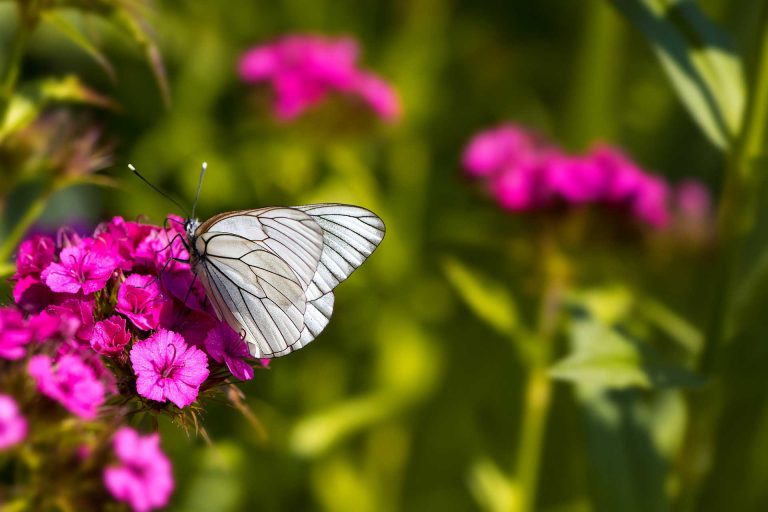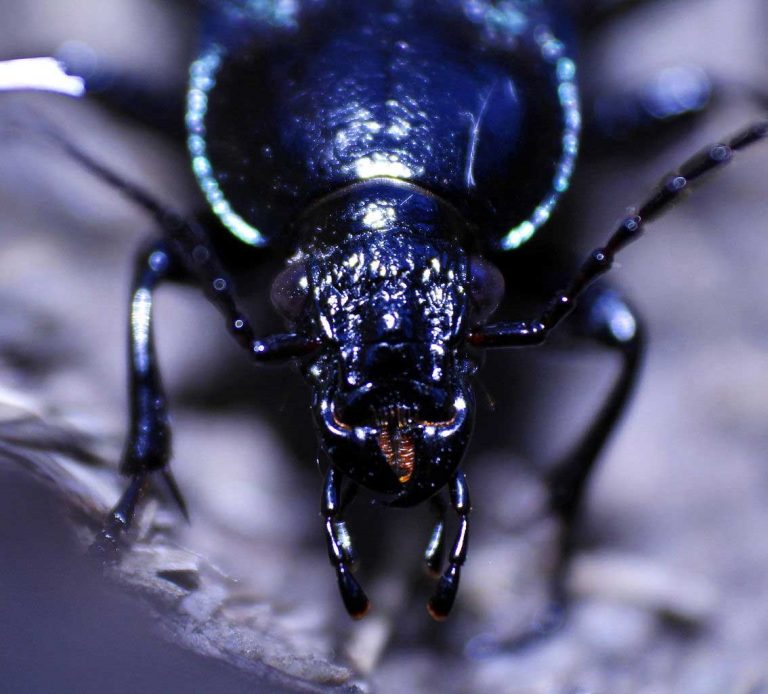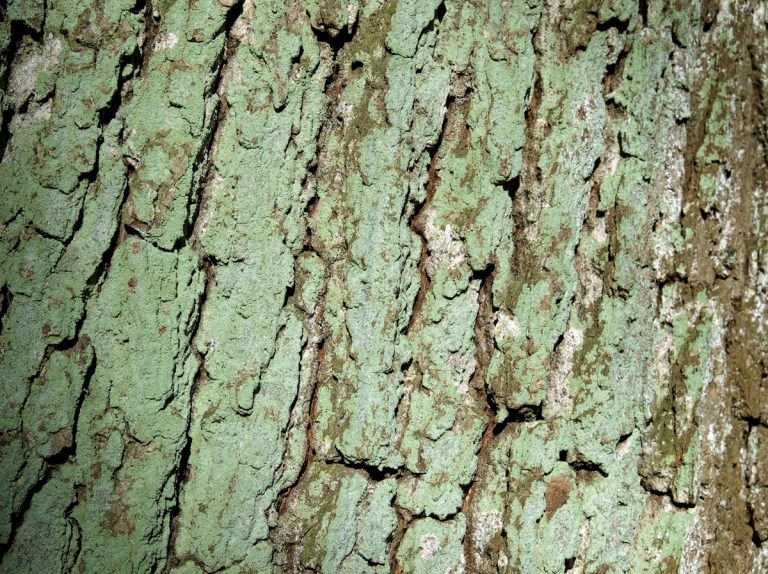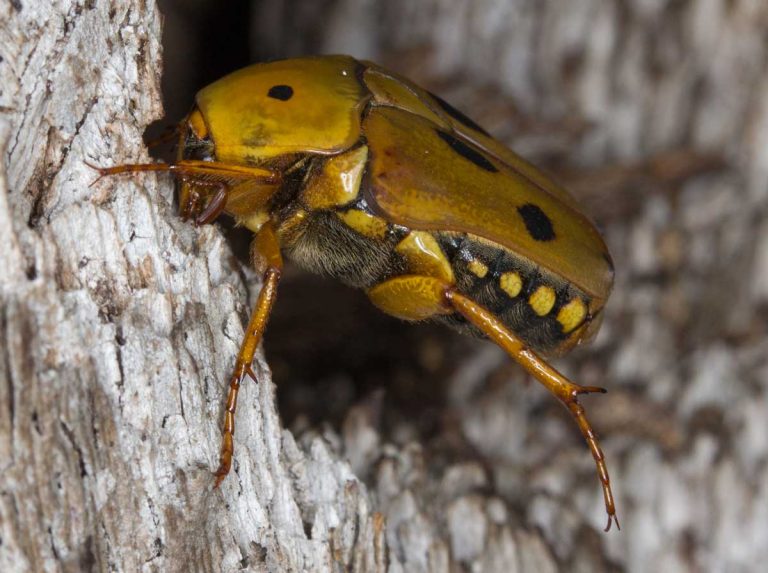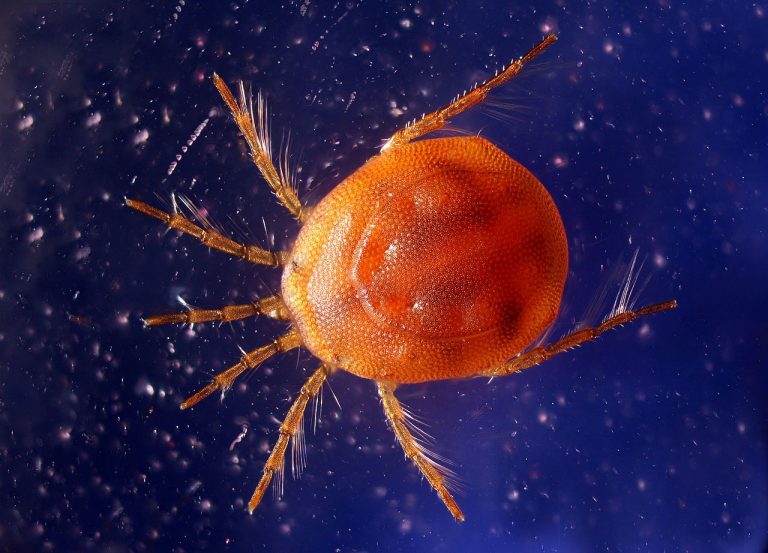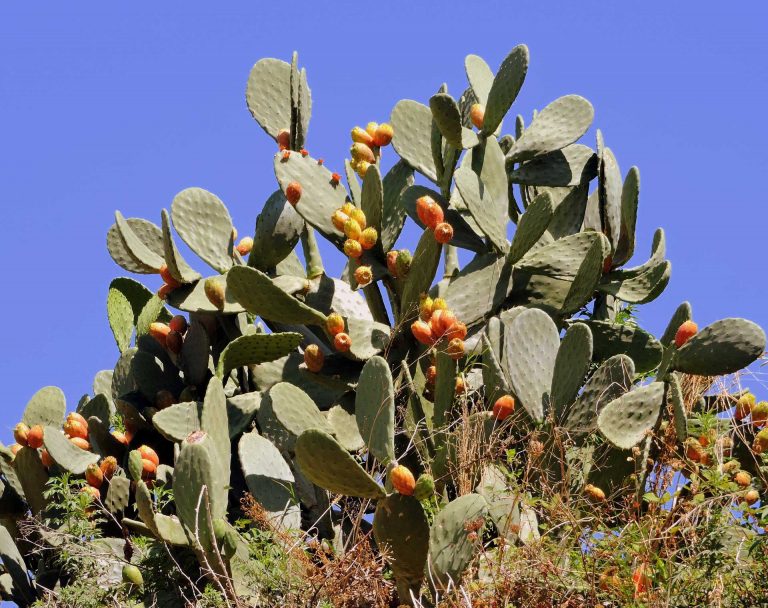Summer Flowers: Columbine
Scientific Classification
| Kingdom: | Plantae |
| (unranked): | Angiosperms |
| (unranked): | Eudicots |
| Order: | Ranunculales |
| Family: | Ranunculaceae |
| Subfamily: | Thalictroideae |
| Genus: | Aquilegia |
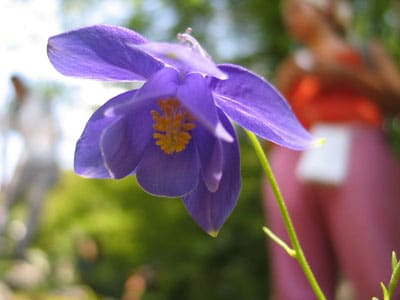
Photo by: Juan José Sánchez
Aquilegia (common names: (Columbine or Granny’s Bonnet) are a variety comprising of 60 to 70 types of perennial plants seen in woodlands, meadows and at higher altitudes all over the Northern Hemisphere, popular for their spurred petal flowers.
Aquilegia is the genus name, a derivative of the Latin word for eagle (Aquila), since the flower petals are in the form that resembles the eagle’s claws. The general name “columbine” derives from the Latin word for “dove”, this is because the flower, when inverted, resembles five doves clustered together.
Anatomy
Each bell-shaped flower swaying loosely comprises of 5 petals that flash out from the base, encircled with 5 large sepals. The long nectar carrying spurs bend toward the back of the flowers. The sepals and petals arrive in combinations of different colors and shades of pink, red, light blue, purple, yellow and white and these perennials blossom in purple, red, pink, white, blue and yellow. The leaves are attractive and the plant is airy.
Even though the columbine flowers display a variety of colors, the superb form of the columbine flowers adds equal value irrespective of their color. Apart from their remarkable stamens and their logo “spur”, columbine flowers dip, and their center at times looks like a honeycomb.
GROWING THE PLANT AT HOME
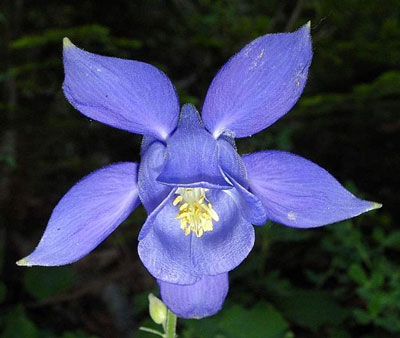
Photo by: Lionnel Rousset
Preparation for Planting
Columbine flourishes in bright sunlight, fertile and properly drained soil. Limited shade suits the growth of columbine flowers in any climate. Even though in places like Southern California and Florida more shade than sun is favorable.
Set these in the garden bed by loosening the soil with the tiller or garden fork as deep as 12-15 inches and then add a layer of 2 – 4 inches of compost. Make a hole double the diameter of the pot containing the plant. Gently remove the plant from the container and lower it into the hole so that the upper part of the root ball is in level with the surface of the soil. Fill in around the root ball with care and gently firm the soil. Water sufficiently.
In case you are planting your seeds indoors, a bit of pre-chilling is good. 8 – 12 weeks earlier to the end of the frost date, take some damp potting soil in a plastic bag, embed the seeds in it and refrigerate. Plant them in pots and transfer to a warmer area.
Planting
The normal suggestion for columbine plant is “partial shade”; however, there a lot of exceptions. Grow your columbine in a properly drained soil. In the wild, they often grow on rocky ledges, these columbine flowers resist drought, and so the Aquilegia Canadensis are ideal for xeriscaping. Begin Aquilegia from plant or seeds. Sow the seeds directly in spring, they need light for germination hence just lower them on the surface of the soil and scantily cover them with soil, Aquilegia, being perennial, requires a period of two years between planting seeds and blooming.
Placement and Watering
Based on the different types of columbine, plant them 1 – 3 feet apart in spring and water thoroughly.
Flowering Period
According to the weather columbine flowers bloom for 4 – 6 weeks from late spring to summer.
After Bloom Care
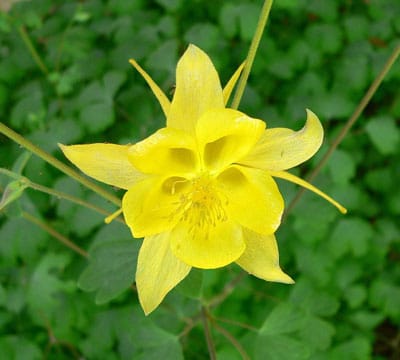
Photo by: Stan Shebs
Leaf miner is one of the usual pest that attacks columbine. These are fly larvae that feed inside the leaf. This damage appears as light-colored winding tunnels in the surface of the leaves. Snip the leaves that this pest affects after the flowering of the plants; the fresh leaves that grow later in that season will not fall victims to the leaf miner.
As Cut Flower
In spite of their delicate outward show, columbine is best as cut flowers. Their shelf life is remarkably long. Under proper conditions, the stalks remain stiff.

Having discovered a fondness for insects while pursuing her degree in Biology, Randi Jones was quite bugged to know that people usually dismissed these little creatures as “creepy-crawlies”.


